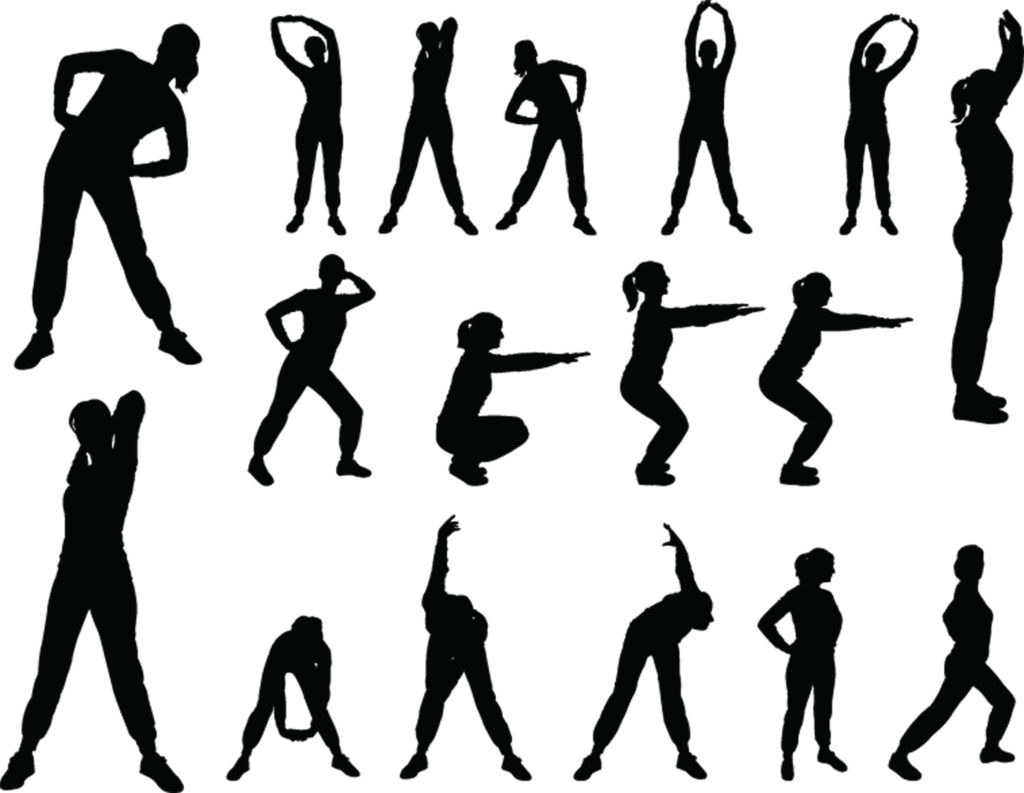Table of Contents
Sciatica nerve discomfort can be a literal pain in your rear! But just because it’s incredibly uncomfortable and it’s in an unfortunate place doesn’t mean you shouldn’t be unable to walk around and go about your daily routines.
The sciatic nerve runs from your lower or lumbar spine down to the muscles of your buttocks and down both legs, usually along the backs of your calves. As a result, sciatica can lead to shooting pain all throughout the lower regions of your body, making it difficult to walk and leading some to wonder if they should walk at all.
The same question can be asked for every kind of lower back pain.
So let’s answer it once and for all.

Walking With Lower Back Pain
While it might be uncomfortable, walking is generally considered a low-impact exercise and it’s usually safe with most types of lower back pain.
Sprinting or high-intensity interval training can seriously disturb your nerves in the lumbar region and lead to trouble in the lumbar spine; these exercises should be avoided.
But walking can allow you to burn calories and maintain good flexibility for your lower back, along with stretching your sciatic nerves along both legs.
In short, walking with lower back pain is generally considered to be good for your health and can help you recover more quickly from the condition than otherwise.
Walking with Sciatica
Walking with sciatica can be very difficult, especially if the pain is quite severe. But there are ways to get around sciatic pain and walk to work or around to complete errands without exacerbating your discomfort.
Do Stretches Beforehand
Depending on the intensity of your sciatic pain, you can do stretches to avoid flareups as you walk around. This not only applies to sciatica, but for any kind of back pain.
You can activate your core muscles before heading out on a walk, which helps to stabilize your back and prevent your nerves from flaring up or become inflamed as you move around.
Some of the best exercises to stretch your lower back are half push-ups, hip presses, or stretches that expand your quad muscles.
All of these can help prepare your body for the full range and activity of a walk.
The picture below shows some stretches you can try out before going for a walk.

Keep Your Strides Short
Next, you should try to keep your strides short, even if you have naturally long once.
Long strides compress your lumbar discs and can more easily irritate your sciatic nerves.
Shortening your stride doesn’t carry the same risk and will still get you from place to place, even if it’s a little more slowly.
Try not to walk on your toes; instead, focus on having your foot land between your heel and midfoot and let it roll naturally toward your toes.
Following this technique will help you curtail your stride length and prevent you from extending your legs too far.
You’ll definitely want to slow down anyway just to prevent yourself from accidentally taking longer strides and exacerbating your sciatic pain.
It may help to walk with a partner who can keep an eye on you and keep your pace down as you reach your destination together.
Use Your Core!
Lots of people don’t think about using their core muscles actively, but those walking with sciatica definitely should.
1) Activate your abdominal muscles by keeping your abs engaged as you walk , which can reduce the pressure put on your sciatic nerve and vertebral discs. 2) You should also use a good posture as you walk.Keep your eyes fixed on the spot ahead of you and preferably at around head level.
This keeps your head upright without consciously thinking about it and will help your shoulders remain back to stop you from slouching, which bends the lumbar spine and upper spine.
3) Finally, you can pull your stomach in consciously.Not only does this make you look better, but it also forces you to use your core muscles and keep your back in alignment.
When all three techniques are used together, you can fully engage your core and stand tall as you walk around while strengthening your abs at the same time.
Weakness While Walking With Sciatica
Because sciatica affects one of the major nerves in your legs, it can sometimes cause muscle weakness, particularly in the feet. Naturally, this can be dangerous if you walk around on hard surfaces, and it can cause a collapse if your foot suddenly gives out from under you.
If you experience repeated muscle weakness with your sciatica condition, you should practice walking around in a pool or another body of water before moving on to walking on dry land.
Walking in a pool will help you maintain your balance and will keep weight off of your lower spine.
This is a great way to retrain your spine to walk and it can help you exercise if you are feeling restless.
We wrote an article on Swimming with Lower Back Pain which might be interesting for you.
Elliptical Training
If you’ve suffered from a bad case of lower back pain for quite a long time, you might have extended muscle fatigue from not walking around for several weeks or months. Sometimes people with a severely herniated disc can’t walk or exercise for months.
A good tip can be to use an elliptical machine to practice walking again. What is important: keep your posture upright while slowing down or stopping if the pain becomes too much.
Conclusion
Overall, walking with lower back pain is something you’ll eventually need to conquer, but it’s something you can accomplish with a minimum of discomfort if you follow the above tips.
Remember: lying in bed is the worst thing you can do with any case of lower back pain.
As always, don’t forget to ask your doctor about walking with your pain before trying out a regimen or routine for yourself.
